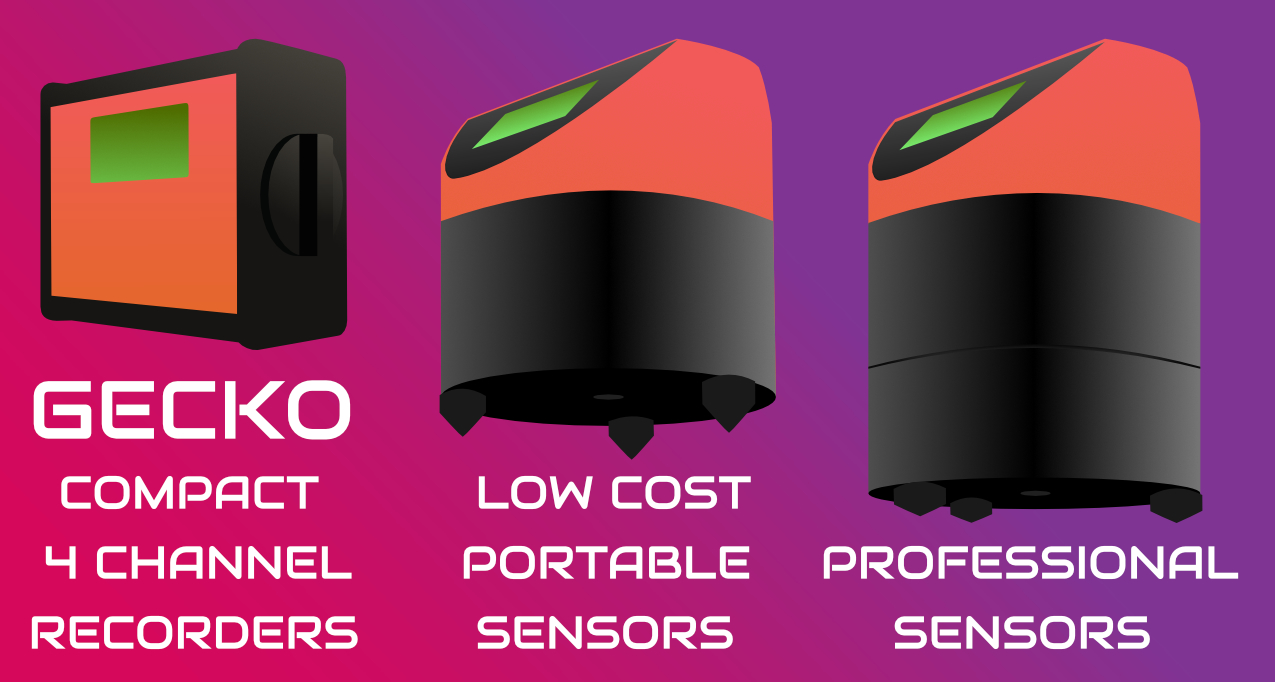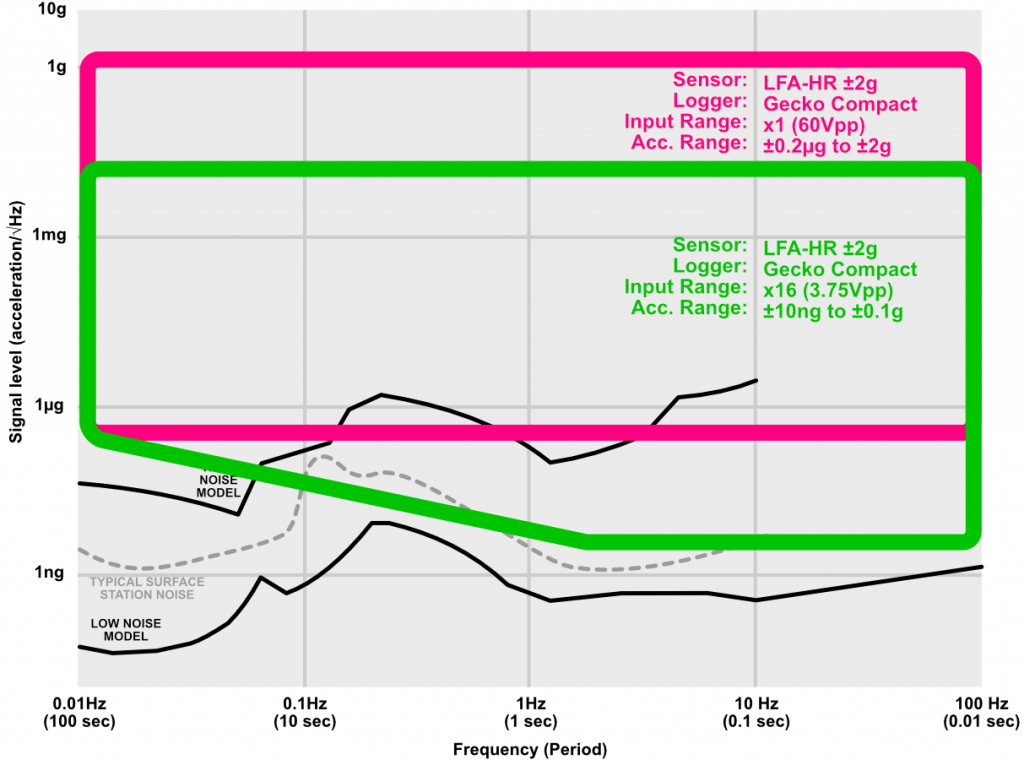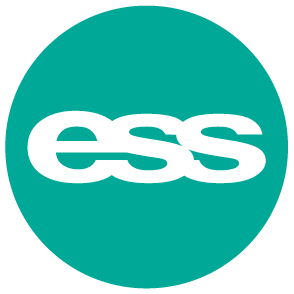When you need to monitor ground or structural vibrations you will need a vibration sensor. Likely, you use either a velocity or an acceleration sensor. However, with so many options it can be confusing if you’re not sure what is the best vibration sensor for your application. Fortunately, the choice of data logger is simpler, as our Gecko is compatible with all sensor types, brands, and models.
With all sensors, you have to trade-off between being able to record very large signals with being able to see very small signals. But you also have to trade-off between being able to record very high and very low frequencies. We have selected a range of velocity and acceleration sensors that we recommend for some typical applications. For convenience, we have even integrated them with our Gecko data logger

- 4.5Hz velocity geophones, detect up to >1500Hz. Perfect for civil construction works monitoring and near field blast monitoring (built into Gecko Blast).
- 2Hz velocity geophones, detect up to 500Hz. Ideal for local earthquake detection and high-resolution blast monitoring (built into Gecko Tremor).
- 0.1Hz and lower velocity seismometers, detect to >50Hz. For regional earthquake monitoring and ambient vibration surveys (built into Gecko Prism).
- ±2-10g acceleration sensors, detect to >400Hz. For near field blast vibration and structural monitoring alarms (built into Gecko SMA).
- ±10g acceleration sensors, detect to >1500Hz. Ideal for blast vibration, structural response analysis (built into Gecko SMA-XR).
- ±2g acceleration sensors, detect to >500Hz, low noise for aftershock monitoring and detailed structural response analysis (built into Gecko SMA-HR)

Frequency and amplitude
This article by the Seismology Research Centre explores the frequency and amplitude range capability of a number of common sensors. From those used in blast monitoring to the sensors that detect earthquakes from the other side of the globe. Even the best low noise high-resolution data loggers cannot capture everything. However, our Gecko data logger’s range can be user-adjusted to capture data the data you’re interested in from your sensor.
For example, if you’re using a ±2g LFA-HR accelerometer you can record from ±2g down to around ±0.2µg, but if you’re interested in tiny accelerations you can adjust the logger to record the sensor’s smallest detectable motion, from around 10ng up to ±0.1g. In both cases the range is almost 10 million to 1.
Contact us for more information on your vibration monitoring needs. We will confirm that your preferred sensor is compatible with our data logger to offer you the most economical monitoring solution.
Want weekly updates on seismic activity in South East Australia? Then follow us on LinkedIn.


